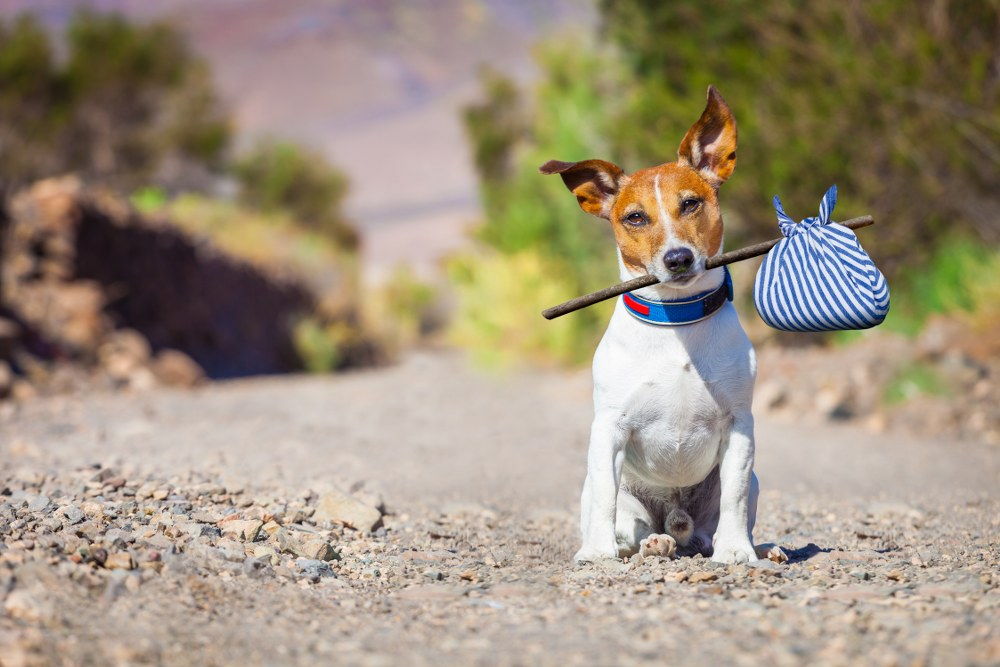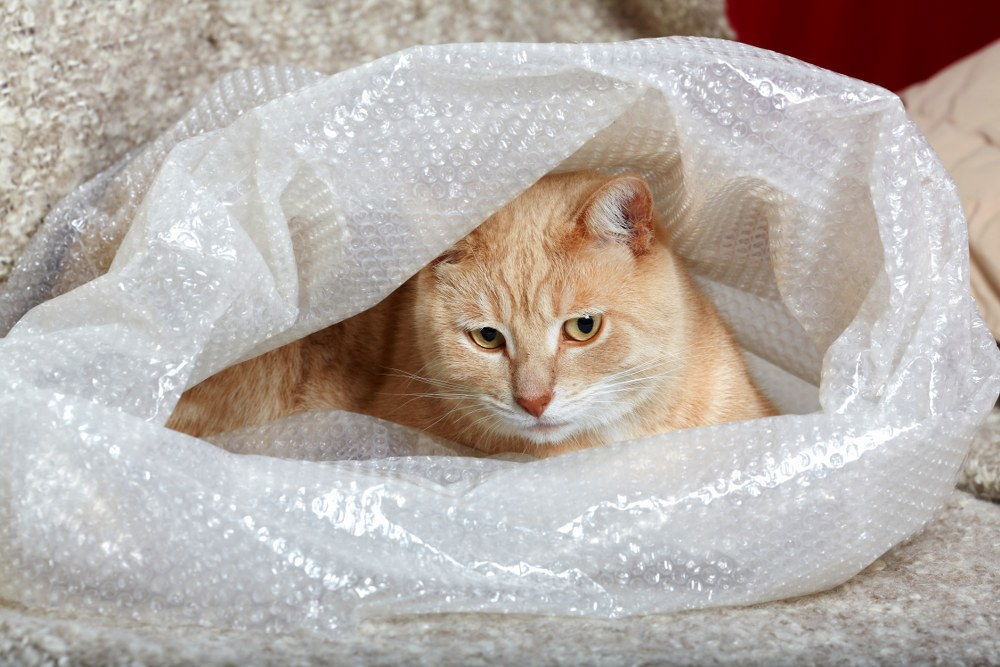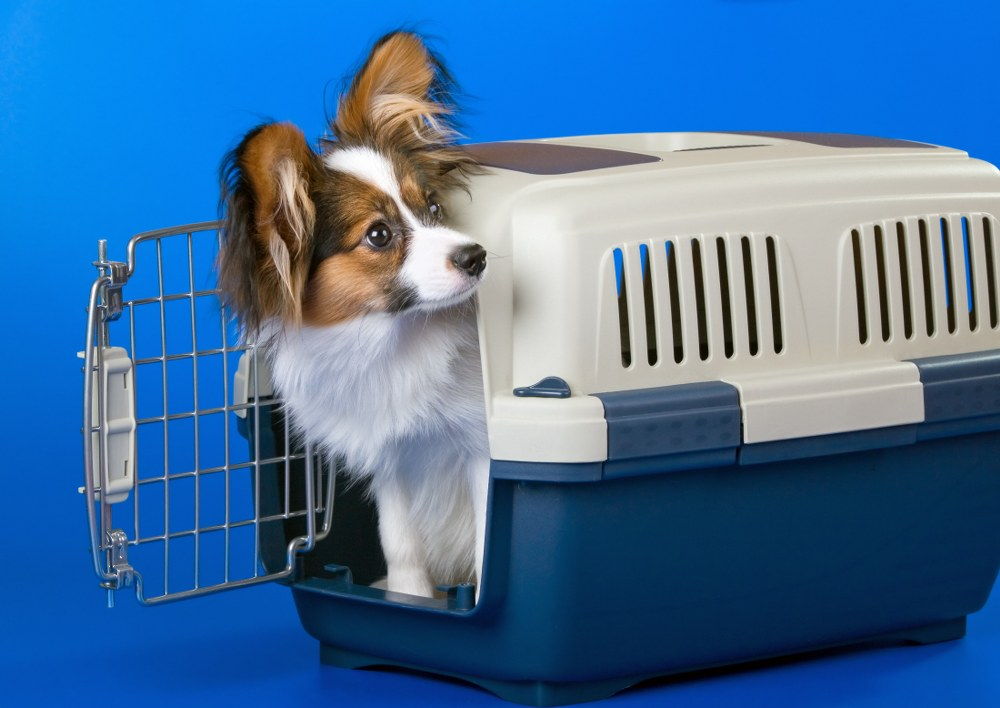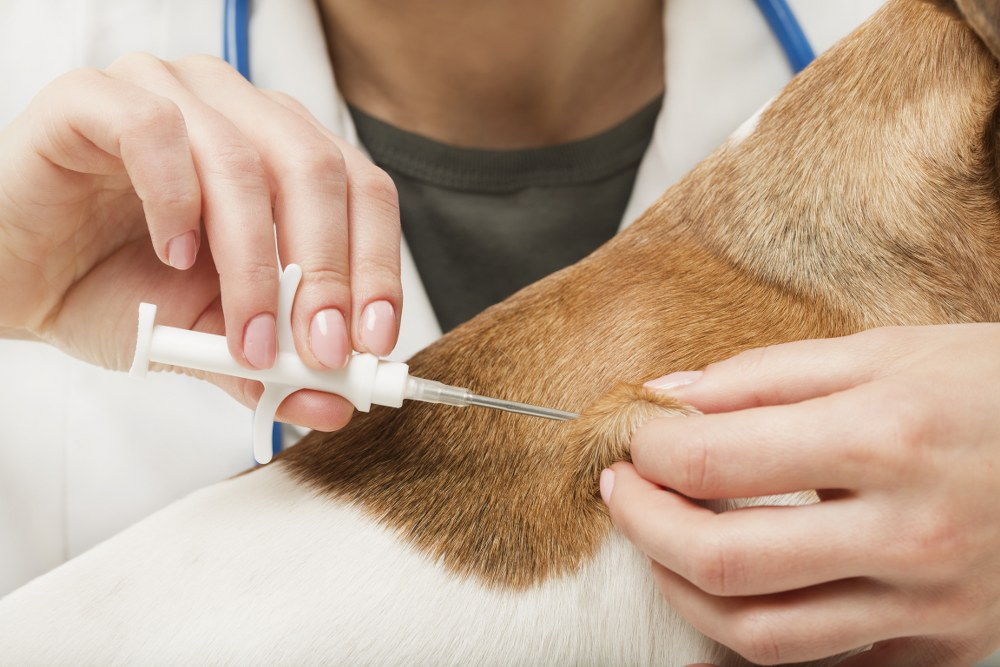Moving with Pets: Keep Your Furry Friend Happy
Posted on 19/11/2020
Keeping Your Pet Happy When Move

Are you planning a house relocation soon? If home removals are stressful for you, imagine how stressful they would be for your pets. All those strangers running around carrying boxes, all the anxiety during the move and then the unfamiliar environment of your new home can be extremely traumatic for your beloved dog, cat or any other furry little friend you have. However, there are a few things you can do to make the journey a little easier on your pet, and here are the most important ones of them.
Visit the Vet
During the planning phase of your move, while you are arranging your packing and your man with van service, take a trip to your vet and make sure that your pet is fit to travel. Also, if you are moving over a longer distance and you won’t be able to visit your vet after the relocation, find a new one and transfer your pet’s records to them. Your vet will also be able to advise you on ways to reduce the stress your pet will experience during the move and even prescribe pet sedatives if there is a need for such. 
Pack Your Pet’s Stuff
Pack all your pet’s items in a separate bag or moving box. These should include all essentials like food bowls, grooming accessories, beds and blankets, etc. but don’t forget to pack your pet’s favourite toys too. The familiar items will make it easier for your pet to adapt to the new environment and its toys will keep it entertained and distracted during the move.
Keep Your Furry Friend Calm on Moving Day
On moving day, it would be best if you could leave your pet with a friend or at a kennel while the house movers are at work. This will serve two purposes – first, your pet won’t be frustrated by the presence of strangers in the house, and second, it won’t get in the way of the movers. If you can’t find anyone to look after your pet, designate a room for it, preferably an already empty one, and lock it in there with enough food and water as well as some of its toys. Don’t forget to pop in from time to time to check if your furry friend is happy.
Move Your Pet in Your Car
Most removal companies have strict policies that don’t allow transporting pets in their moving vans. In any case, moving your pet in the company’s van is a bad idea altogether, as it will be extremely stressful for your furry friend and might even be dangerous too. The best way to transport your pet to your new home is to use your own vehicle. If you have a travelling cage, use that for safer moving. When your pet is travelling with you, it will not feel as frustrated as it would if it were travelling in with the man and van and you will also be able to keep an eye on it and see to it that it is feeling happy. 
In the New Home
Before you arrive at your new home with your pet, prepare the space for your arrival. It would be best if you don’t welcome your pet into an empty house or one full of unpacked cardboard boxes. Designate a room where you will first put up your pet and put at least the furniture in that room in place. Put your pet’s bed, food and toys in there too, so that it has something familiar to calm it down in the foreign environment. Give your pet some time to adapt to its surroundings and then gradually introduce it to the rest of the new house. Make sure you don’t leave the front door open, though, as your pet might try to run away during the first days after the house relocation. 
Visit the Vet Again and Update Pet Tags
When the move is over and done with, visit your vet (or the new one you’ve transferred to) to make sure that your pet is healthy and the move hasn’t had any negative effects on it. You should also update your pet’s tags, if it has any, with the new address. If it is microchipped, make sure that the data in the chip is updated too. Update all the other documents of your pet as well, such as pet passports, etc. 
Moving home need not be too stressful, neither for you nor for your furry friend. You just have to plan the move out well and pay attention to your pet so that it doesn’t feel alone and neglected during the relocation.





